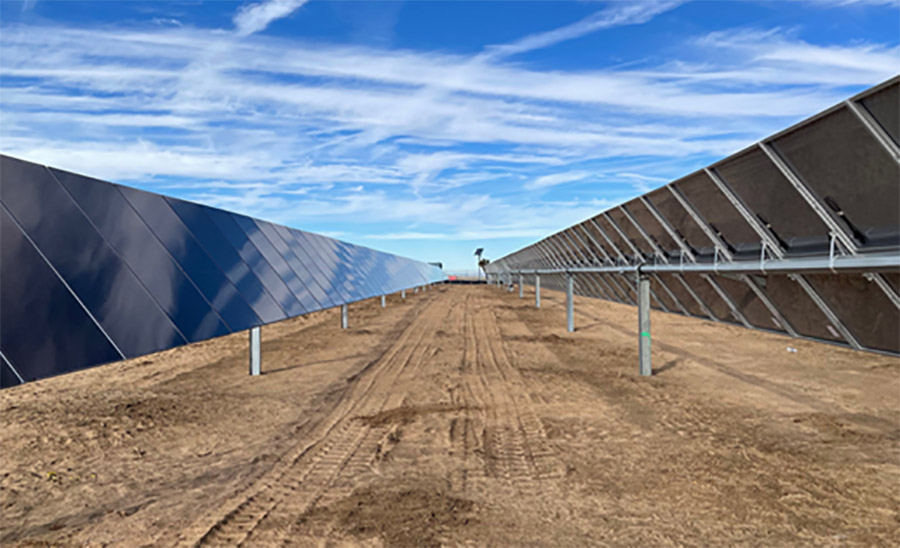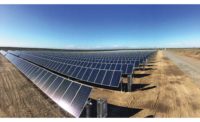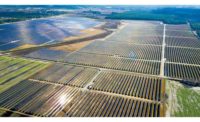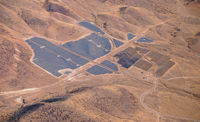Lockheed Martin’s Palmdale 24 MW Solar PV Farm Expansion
Palmdale, Calif.
BEST PROJECT
Submitted By: Burns & McDonnell
Owner: Lockheed Martin Aeronautics Co.
Lead Design/GC/CM/Civil & Structural Engineer: Burns & McDonnell
Primary Subcontractor: Ferreira Construction Co., Inc
As the first utility-scale solar plant for Lockheed Martin, this 24-MWDC photovoltaic facility—boasting nearly 55,000 solar panels—is projected to reduce annual energy costs by as much as $4 million. By carefully planning the staging, equipment used and road conditions, the team was able to safely unpackage, transport and install all modules with only 80 non-warranty breakages. This was a major success considering the modules had to be received more than a year prior to construction.
During the project, the California Fish and Game Commission had a one-year candidacy period to determine whether the western Joshua tree—131 if which grow on the property site—should be listed as a threatened species under the California Endangered Species Act (CESA). The period provides the species interim legal protections, making killing/removal of Joshua trees illegal without special permits.
Burns & McDonnell employed a team member to mitigate impacts to Joshua trees and assist with the permit process. The team applied for and received the first Incidental Take Permit for Joshua trees across the state, working closely with the California Dept. of Fish & Wildlife (CDFW). The Incidental Take Permit identified a mitigation strategy, which included avoidance and protection, along with the transplanting and development of a mitigation bank. The team successfully transplanted Joshua trees to a local heritage airpark and protected the trees.
Innovative techniques were also required for a drainage ditch along the west side of the site, which needed to remain undisturbed. The team used directional drilling of the alternating current collection system at drainage crossings to minimize impacts. This required a Lake and Streambed Alteration Agreement with CDFW. Early coordination among stakeholders helped to streamline the process.

Photo courtesy of Burns & McDonnell
Coordination with power utilities for upgrades also needed careful attention. The project team, in conjunction with Lockheed Martin, anticipated a schedule threat when dealing with utilities. But through coordination, advanced outage planning, and cooperation from the utility company, the project team was able get all the necessary infrastructure in place prior to the backfeed date.
Besides construction challenges, the team had to also worry about supply chain issues and theft.
With current supply chain issues, the team jumped over hurdles to secure needed materials while keeping the project on schedule. For example, when replacement deadbreak elbows on the inverters were needed, the collective procurement resources were leveraged to source from multiple vendors. This was an issue that had the potential to substantially alter completion.
The site also experienced break-ins and theft, requiring quick action to restock materials while the supply-chain was already stressed. Copper wire from fence grounding was also among stolen items, This problem was remedied by a design change to aluminum conductors.






Post a comment to this article
Report Abusive Comment